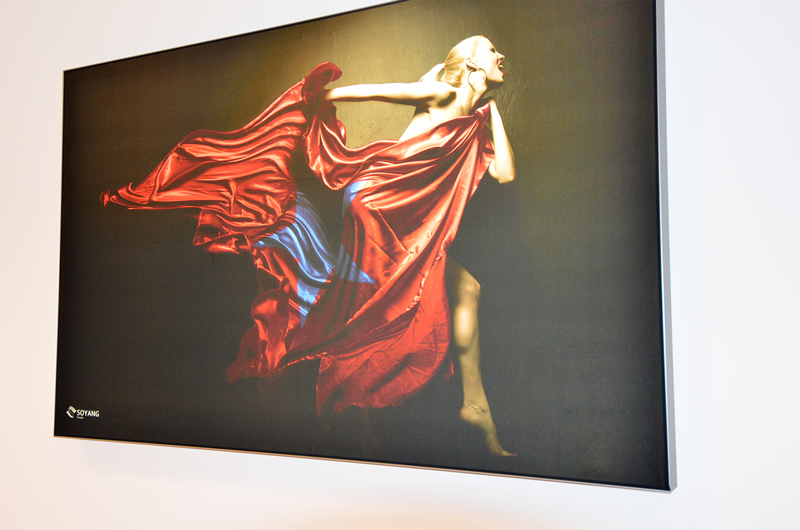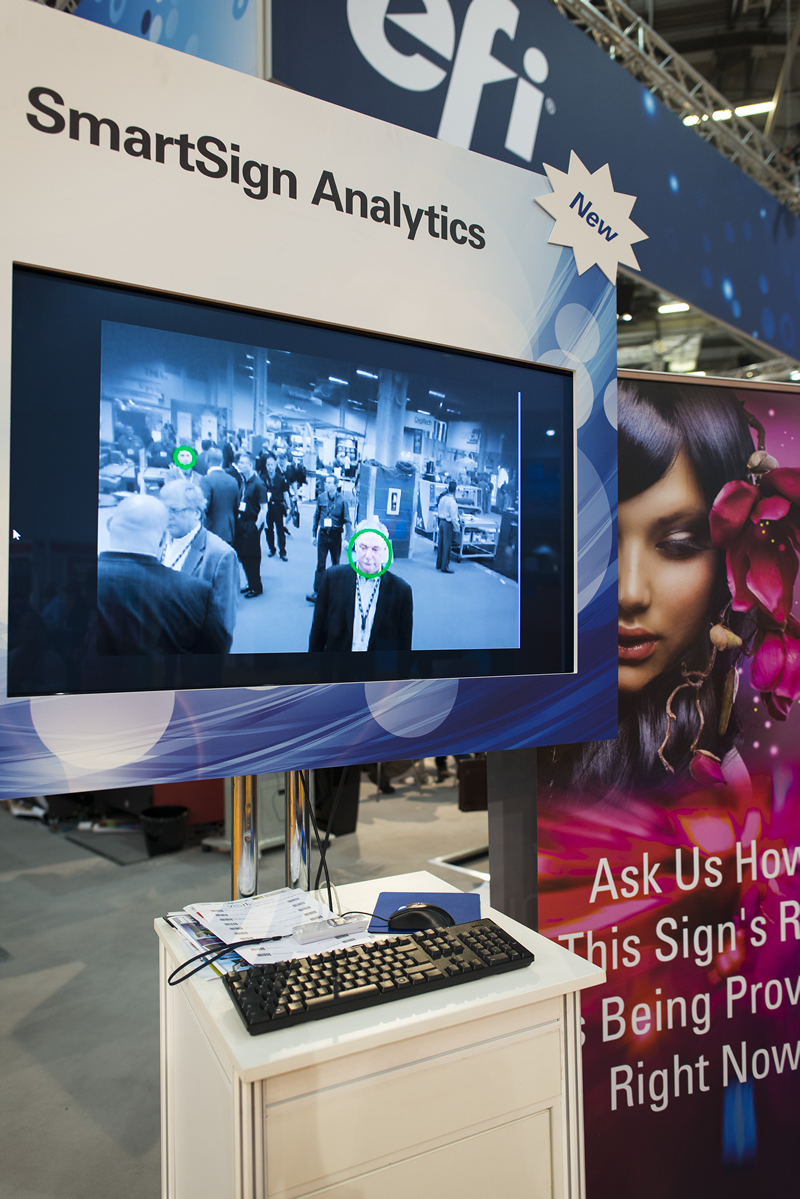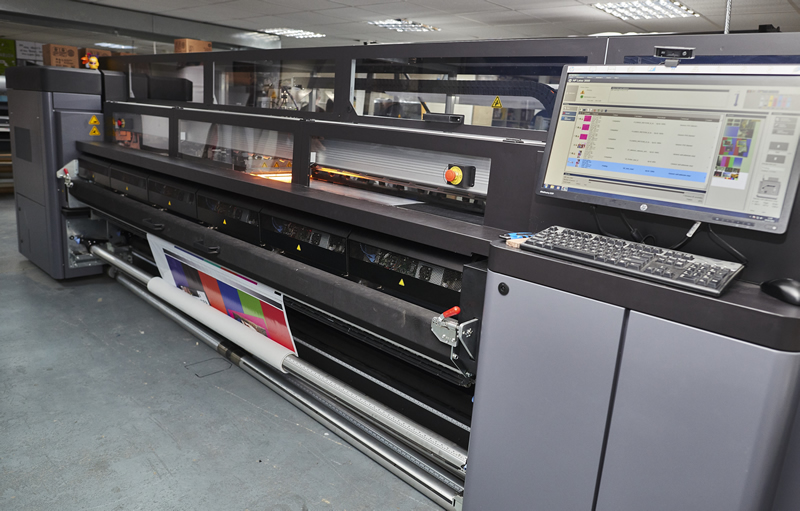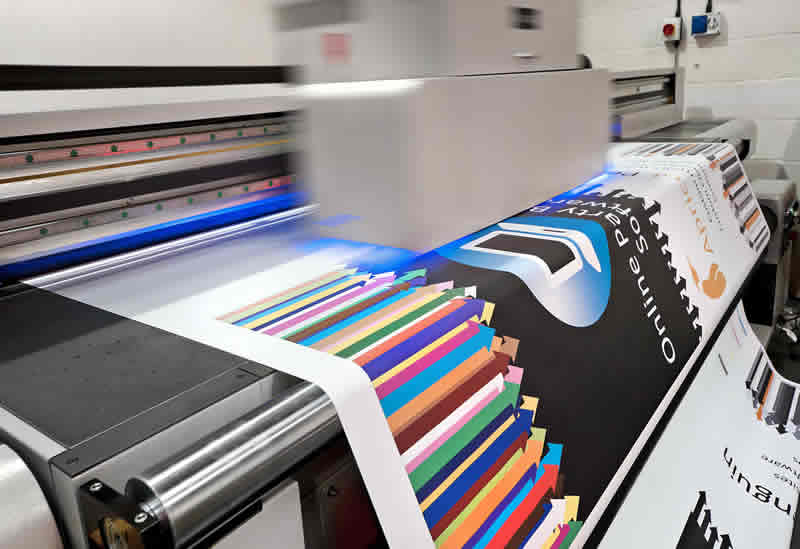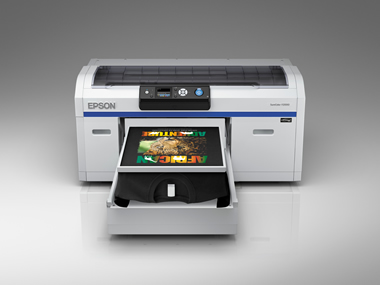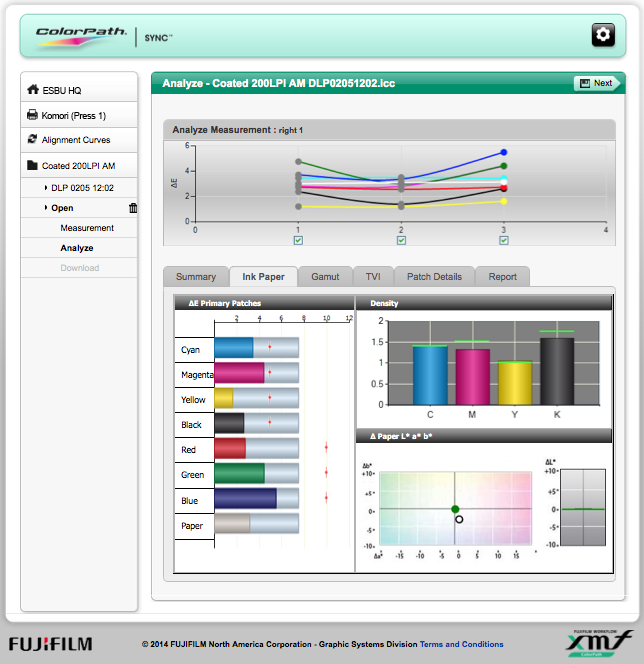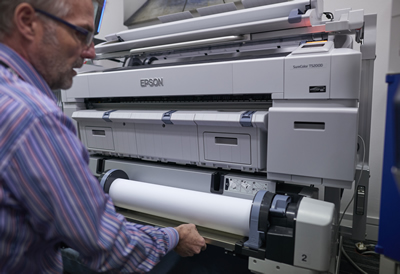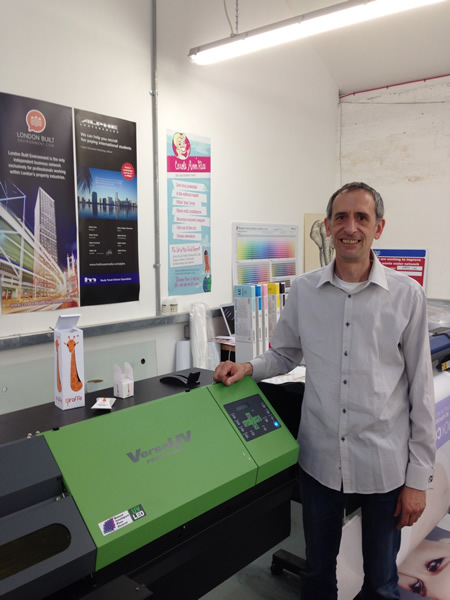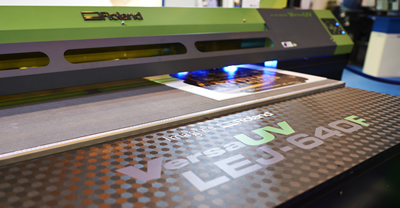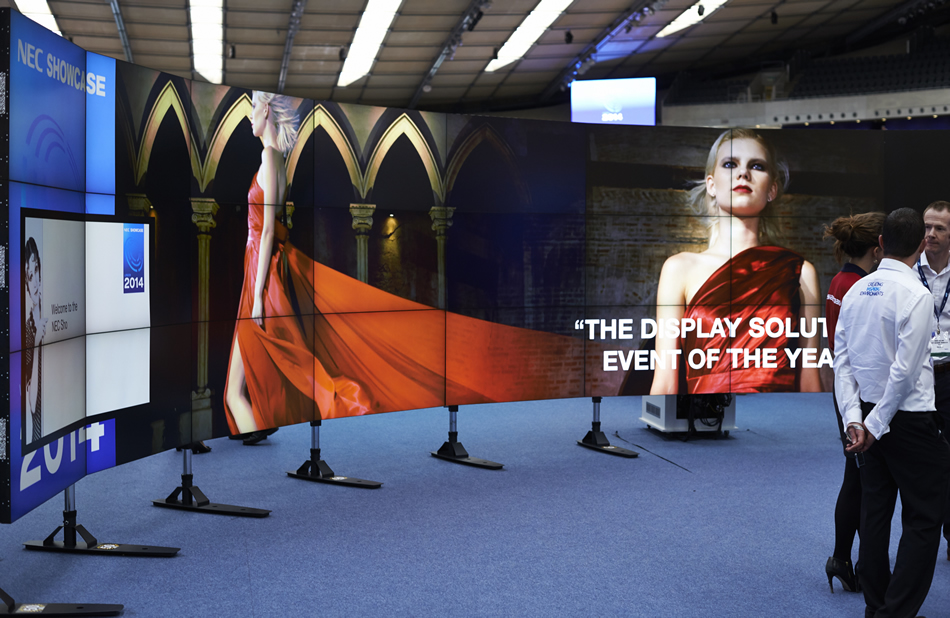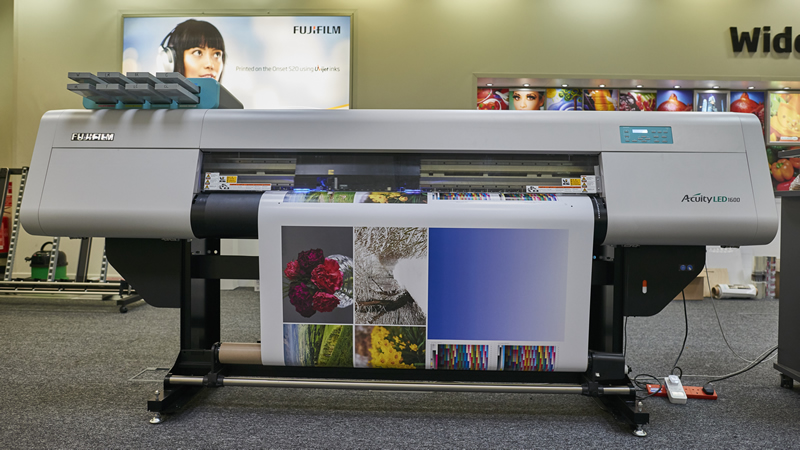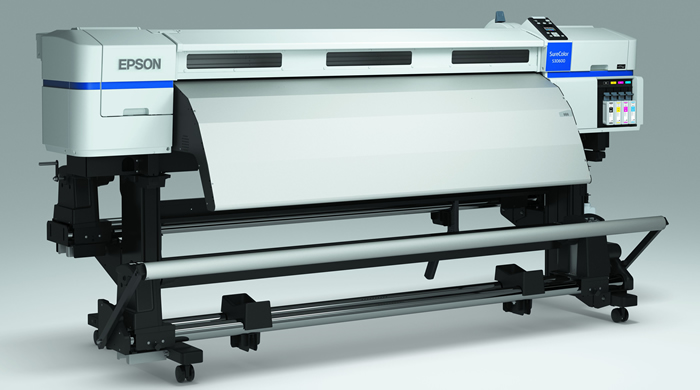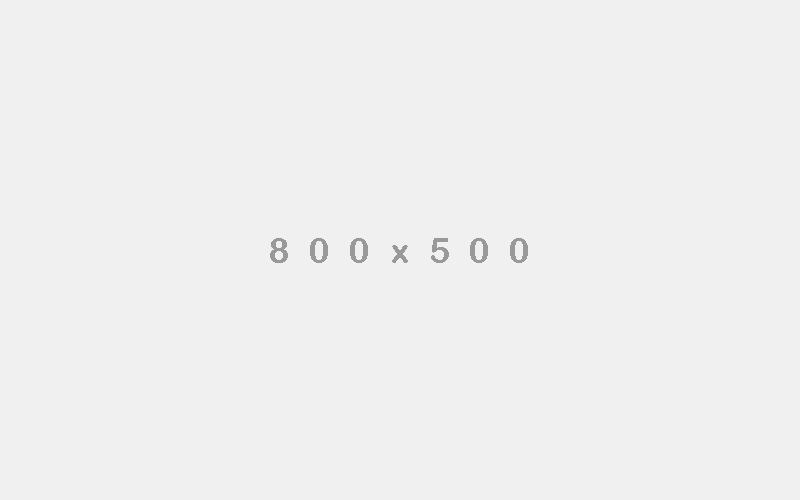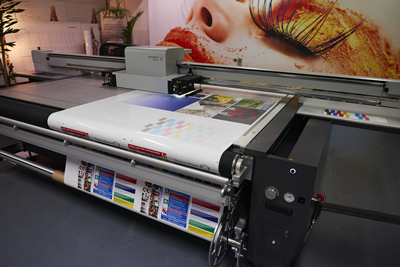Nessan Cleary takes a look at how digital signage, otherwise known as narrow casting, could become a useful tool in your arsenal.
When it comes to simply displaying information in a cost-effective manner, it’s hard to beat a printed sign. Yet digital signs are popping up ever more frequently, and you can understand why. Last year, for example, British Airways used a digital screen in London’s Piccadilly for its ‘Look Up’ campaign, with a little boy pointing up at real planes as they flew high above the screen. Software was able to track actual flight data so that the boy was always pointing directly at a plane, which was identified on the screen. Clever stuff. So where does that leave those of you printing ‘traditional’ signs when the arguments for using digital screens seem so compelling?


